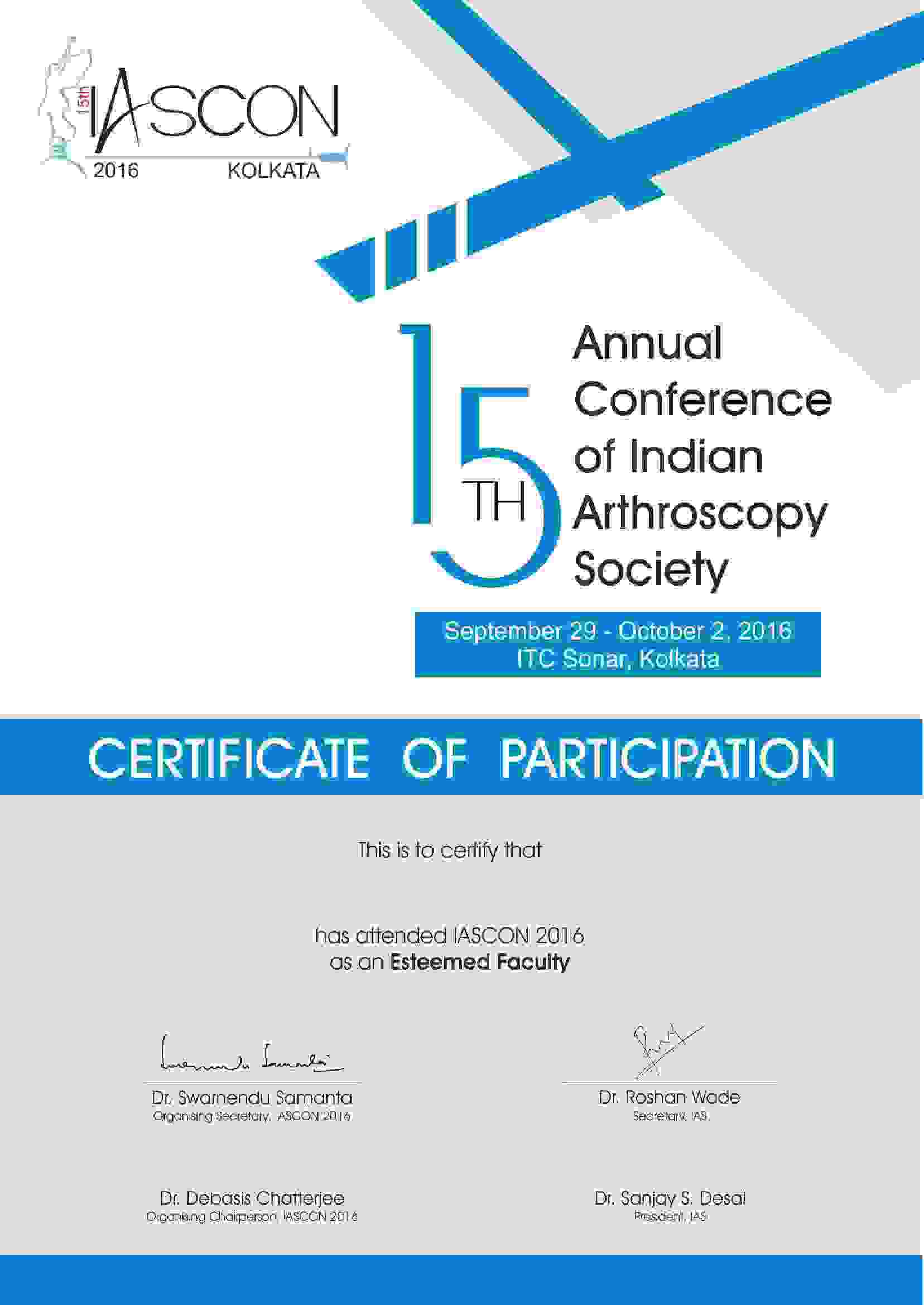Our shoulder is the most move-able joint in our body and serves a lot of functions. It helps us lift or rotate our arms and turn our head in different directions. This greater range of motion may sometimes result in less stability. Shoulder instability happens when the head of the upper arm bone is forced out of the shoulder socket.
Once a shoulder gets dislocated, it is prone to repeat episodes. Shoulder dislocations may be partial or complete. In partial shoulder dislocation or ‘subluxation’, the ball of the upper arm comes partially out of the socket. In complete dislocation, the ball of the upper arm comes all the way out of the socket. When the ligaments, tendons, and muscles around the shoulder become torn or loose, dislocations can happen repeatedly. Chronic shoulder instability refers to the persistent inability of the tissues to keep the arm fixed or centered in the shoulder socket.
Causes:
Shoulder dislocation caused by severe injury, or trauma
Repetitive strain caused due to overhead motion and sports activities such as swimming, tennis, and volleyball.
Repetitive or stressful activities
Multi-directional instability: In some people, the shoulder can become unstable, even though they do not have a history of injury or repetitive strain. The shoulder may become loose or dislocate in multiple directions. The ball may dislocate out of the front, out of the back, or out of the bottom of the shoulder. This is known as multi-directional instability.
Signs and Symptoms:
- Severe pain caused by shoulder injury
- Repeated dislocations of the shoulder
- A persistent sensation of the shoulder slipping in and out of the joint or feeling loose
Diagnosis
- Imaging Tests: The doctor may recommend imaging tests to confirm your diagnosis and determine if there are other problems.
- Use of X-rays
- Use of MRI Scans: It may help the doctor identify injuries to the ligaments and tendons that surround the shoulder joint.
Chronic shoulder instability is often treated using nonsurgical options. However, if these options do not relieve the pain and shoulder instability, surgery may be required.
Treatment options:
Nonsurgical treatment basically includes:
- Making changes in your lifestyle and avoiding activities that aggravate your symptoms.
- Consuming non-steroidal anti-inflammatory medication like aspirin and ibuprofen to reduce pain and inflammation.
- Physical therapy to increase shoulder stability.
- Surgical Treatment
Arthroscopy: Soft tissues in the shoulder could be repaired using arthroscopy. It is an outpatient procedure and a minimally invasive surgery.
Open Surgery: Some patients may require an open surgical procedure for the treatment of shoulder instability.
Recovery and Rehabilitation:
After surgery, you may be required to wear a sling over your shoulder. When the sling is removed, various exercises would be recommended to rehabilitate the ligaments. These will help to improve the range of motion in your shoulder and prohibit scarring as the ligaments heal. Do follow your doctor’s treatment plan. Although it is a gradual process, your commitment and belief in physical therapy is the most crucial factor that will help you return to your normal life.











